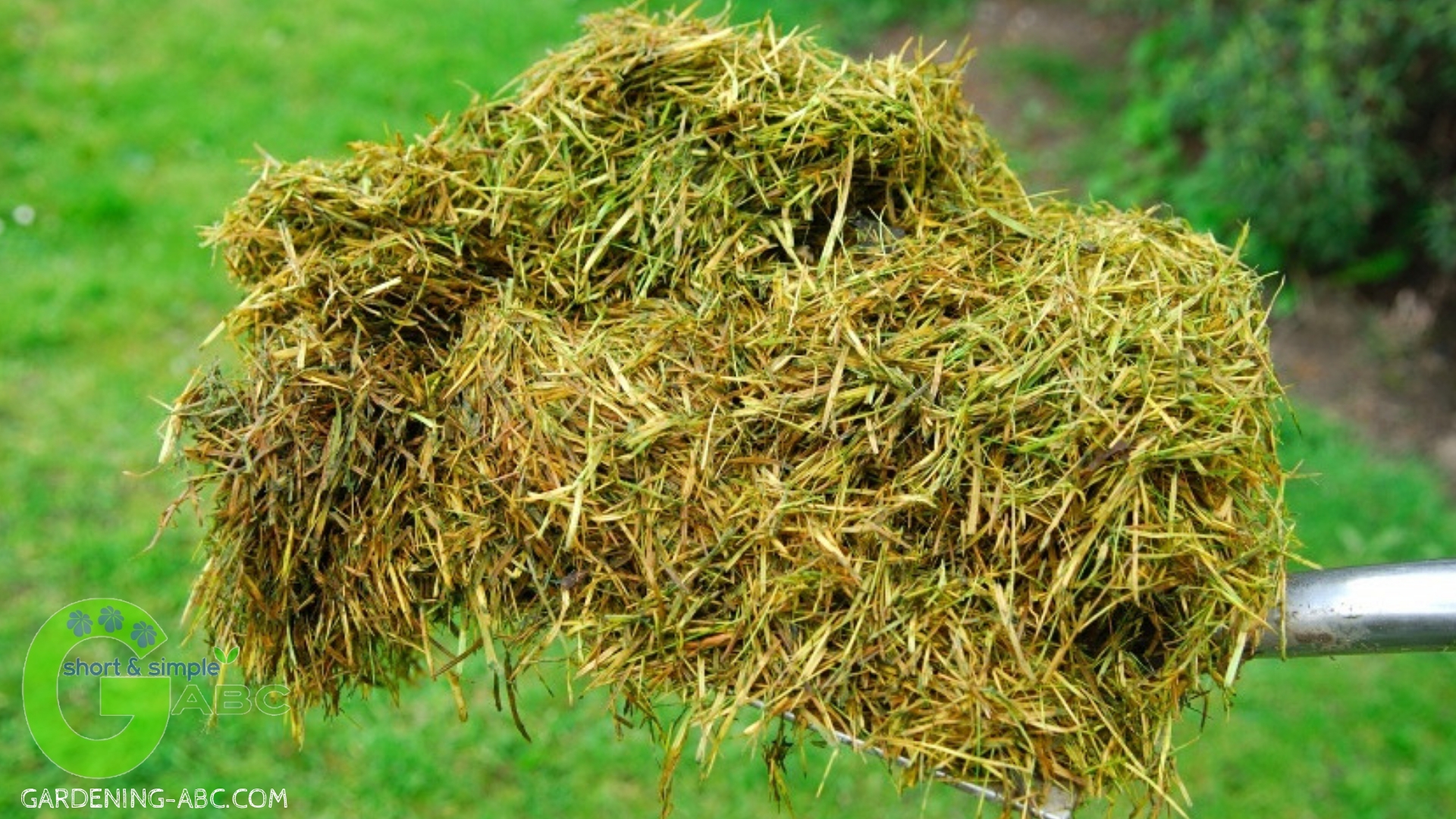
This process will take about a week or so, depending on the size of your pot and how much water you add to it. Once you have reached the right level, add the rest of the water and mix again. Keep adding compost until you reach your desired level of nutrients. Add a little more water if you need to, and then add more compost. Mix the compost and water together and let it sit for a couple of days. If you don’t have a compost bin, you can make your own compost by adding a small amount of compost to a large pot of water. Grass clippings can also be composted, which is a great way to add nutrients to your compost pile.

It is possible that it will deter pests, such as aphids and scale. In addition to doing all the things other mulches do, grass clipping mulch is a supplemental fertiliser because it contains so much nitrogen and potassium. Also, be sure that the blades are clean and dry before you use them. If the blade is too sharp, you will not be able to mow as much grass as you would like. The blade should be sharp enough to cut through the grass, but not so sharp that it will cut into the roots of the plant. When mowing lawns, it is important to use a mower that has a blade that is at least 1.5 inches in diameter. The clippings feed soil organisms and contribute organic matter to the soil during the breakdown process. When left on the lawn, properly mowed grass clippings filter down to the soil and decompose rapidly, usually within a few weeks. If you’re not sure how much to add, start with about 1/2 to 1 inch of material and add more as needed. You can also add a small amount of peat moss or other organic material to the bottom of your pile to help it retain moisture. This will help keep the compost moist and prevent it from drying out. If you don’t have a composting pile, you can use a plastic bag or paper towel to cover the top of the pile with a layer of compost. 1 carbon to nitrogen ratio, mix 50% grass clippings and 50% brown material. How do you compost grass cuttings?Īdding dry grass that hasn’t been treated in the last 14 days to your compost pile is a traditional way to compost grass clippings. In addition, they are an excellent source of calcium, iron, magnesium, manganese, copper, zinc, selenium, chromium and other minerals. They can also be added to compost to improve the quality of the organic matter in the compost.

The trace elements contained in them include 4% nitrogen, 2% potassium, and 1% phosphorus. They provide the soil with nutrients, prevent weed growth, and preserve moisture. Grass clippings can be used in gardens in several ways.


 0 kommentar(er)
0 kommentar(er)
